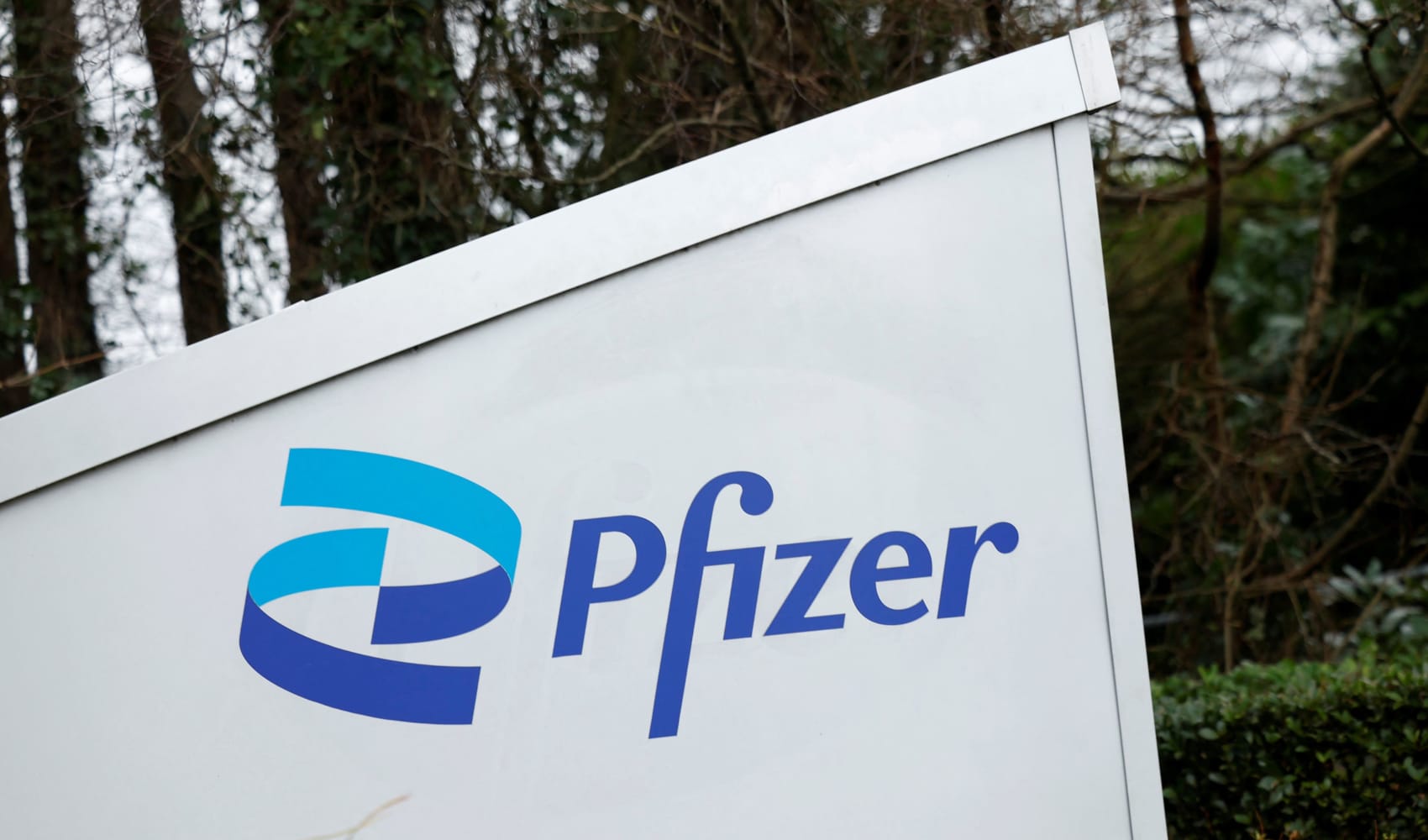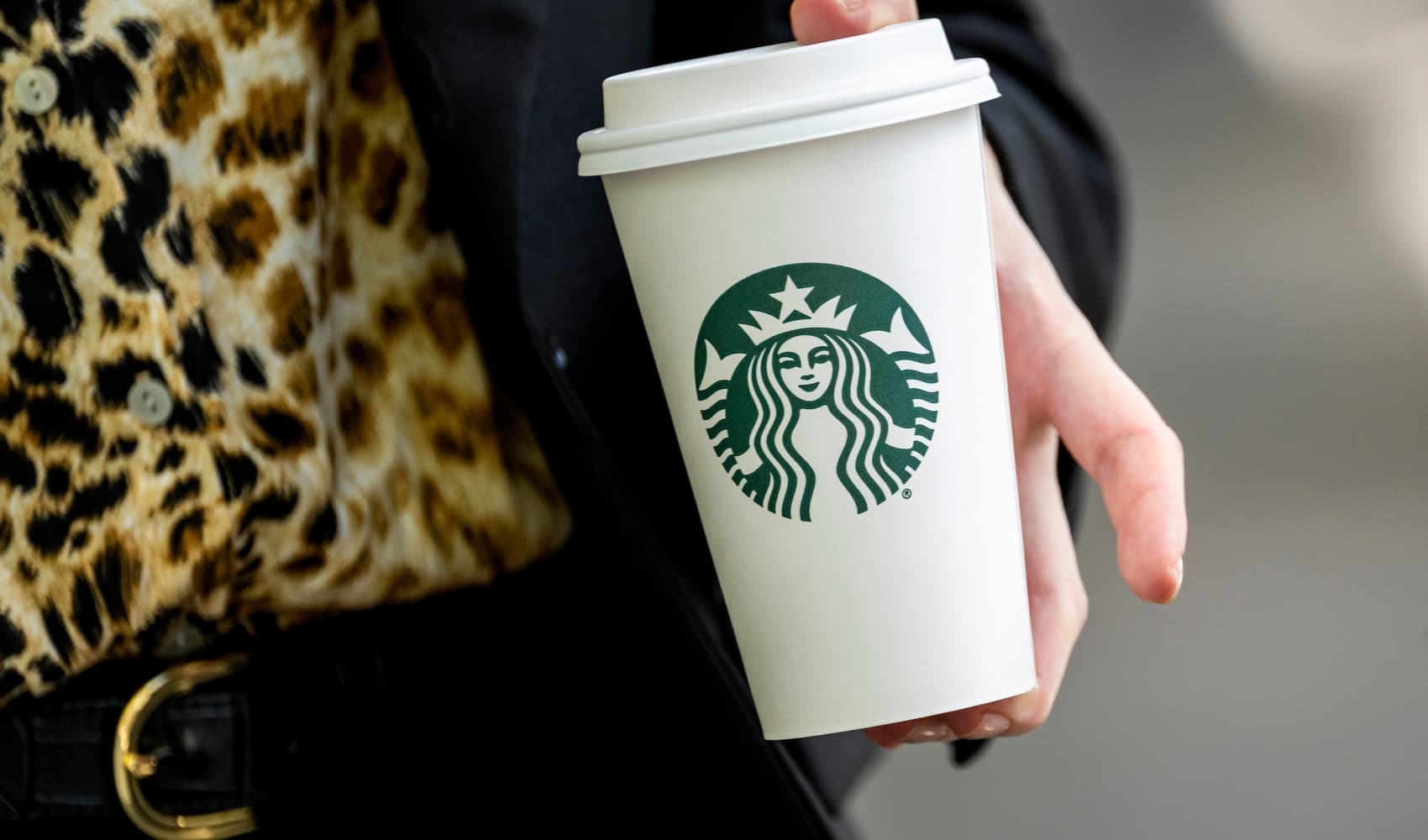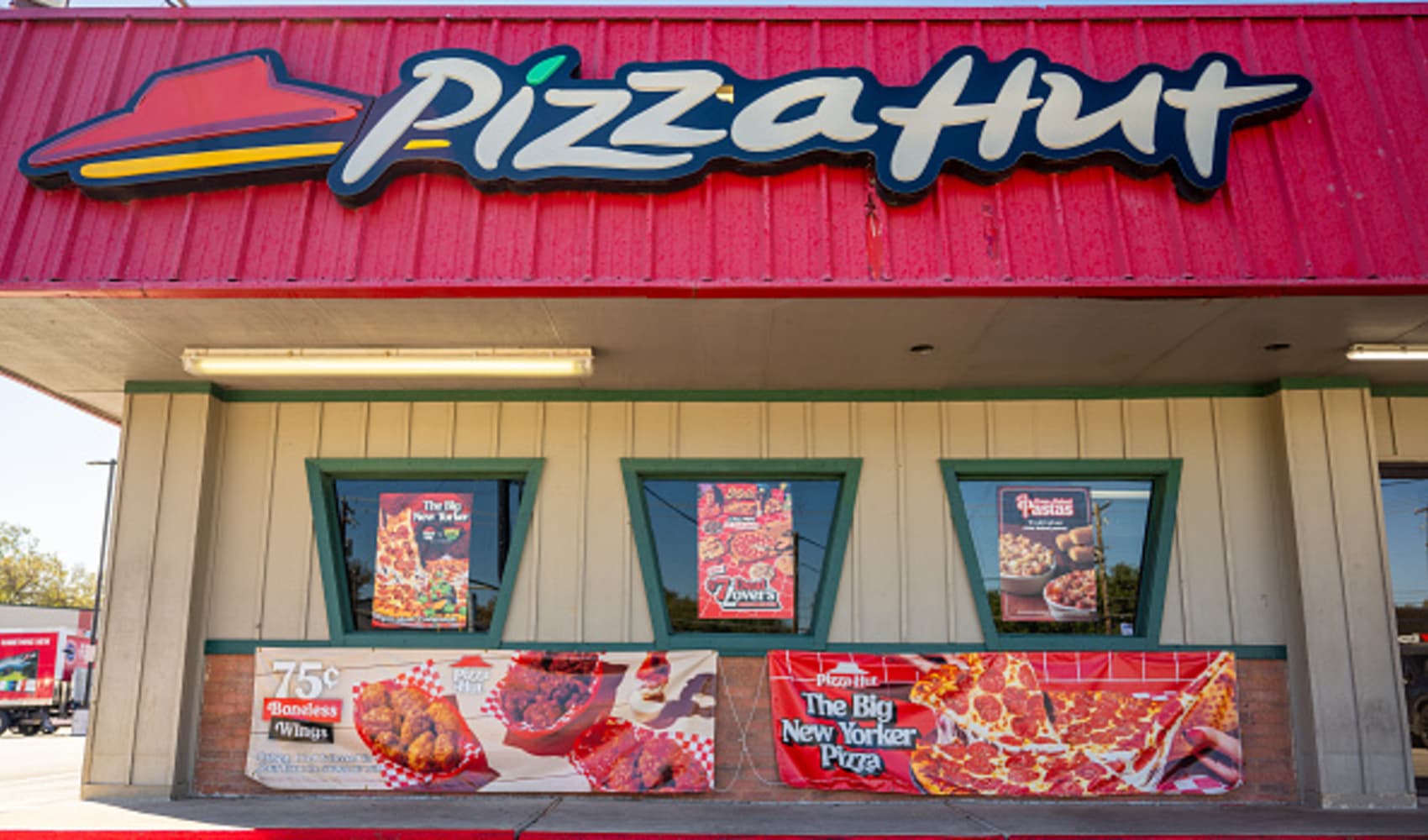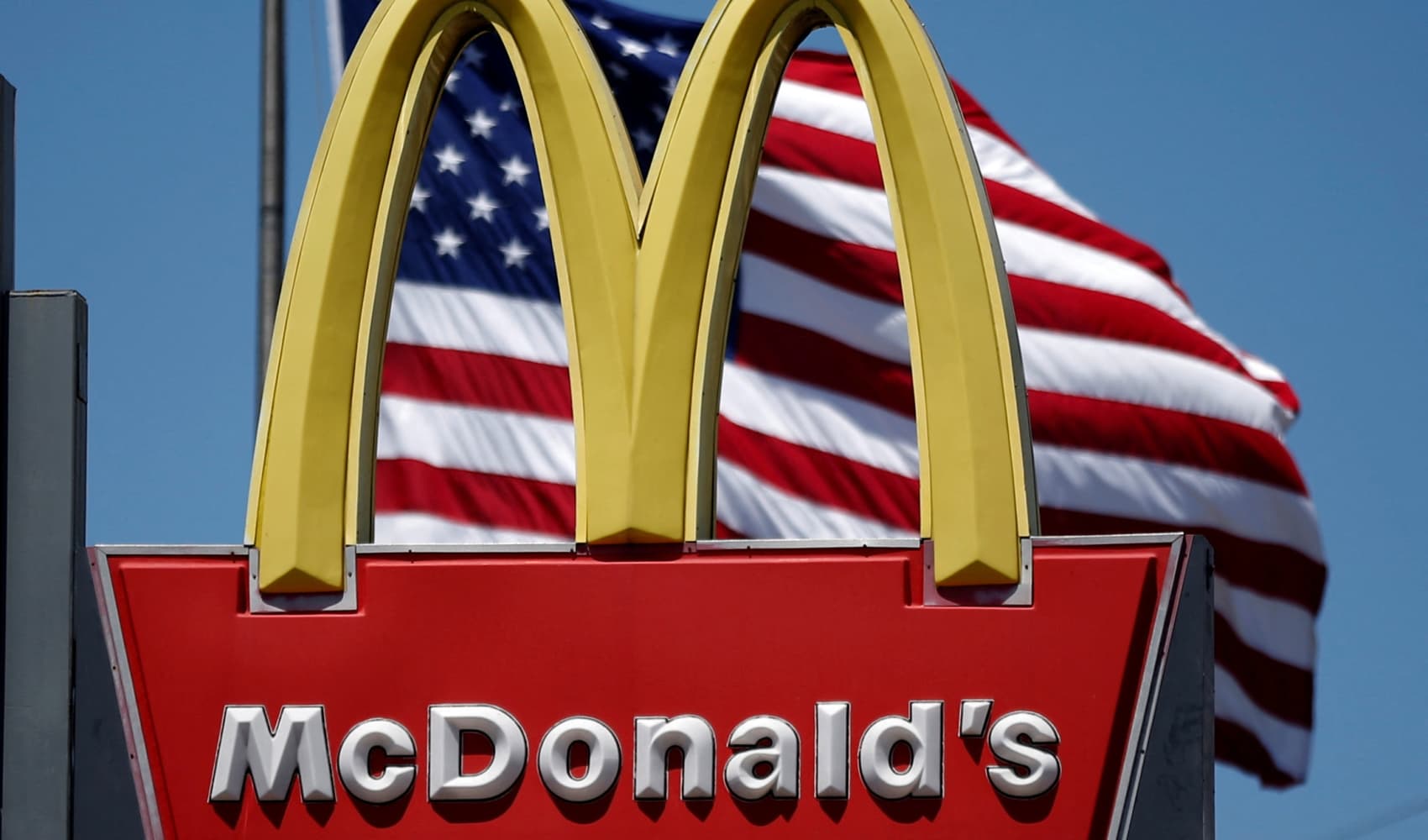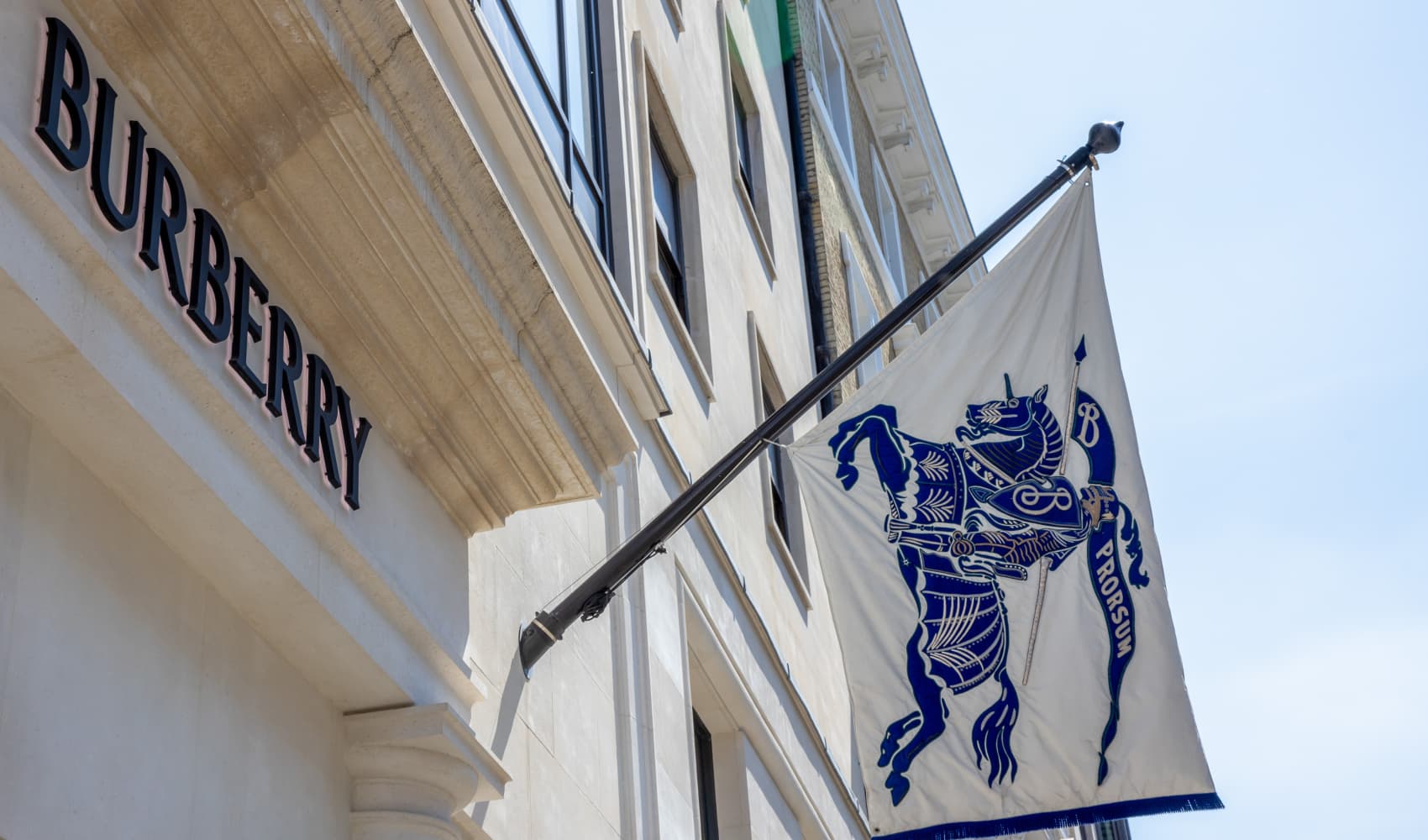Pfizer's Surprise: Cost Cuts Boost Profit Despite Sales Dip
Pfizer's Profit Puzzle: Cost Cuts Soar as Sales Dip
Introduction: A Balancing Act in the Pharma World
Ever feel like you're on a tightrope walk, trying to balance work, life, and everything in between? Well, Pfizer, the pharmaceutical giant, seems to be doing the same in the business world. They're navigating a complex landscape where cost cuts are expanding, yet, surprisingly, quarterly profit estimates are being topped, even with sales taking a tumble. How's that even possible? Let's dive in and unravel this intriguing story.
Pfizer's Q1 Triumph: Beating the Odds
Pfizer announced first-quarter profits that exceeded expectations, despite a significant drop in sales. This might sound like a magic trick, but it’s a testament to their strategic cost-cutting measures and efficient operations. Think of it like pruning a rose bush – cutting away the dead branches to allow the healthy ones to flourish.
The Paxlovid Plunge: A Pill's Diminishing Power
The main culprit behind the sales decline? None other than Paxlovid, their antiviral Covid pill. Remember when everyone was rushing to get their hands on it? Well, demand has waned significantly. It’s a reminder that even blockbuster drugs have a life cycle, and companies need to adapt. What goes up must come down, right?
Cost-Cutting Crusade: Slicing and Dicing for Savings
To counteract the sales slump, Pfizer doubled down on cost-cutting initiatives. The company now anticipates saving around $7.7 billion by the end of 2027 from these efforts. That’s a serious chunk of change! It's like finding hidden treasure in the company coffers.
Digging Deeper: Where are the Cuts Coming From?
While Pfizer hasn't released a detailed breakdown of the cuts, we can assume they're likely targeting areas like:
- Manufacturing efficiencies: Streamlining production processes to reduce waste.
- Research and development: Optimizing their R&D pipeline and prioritizing projects with the highest potential.
- Administrative expenses: Reducing overhead costs and improving operational efficiency.
- Marketing and sales: Re-evaluating marketing strategies and sales force optimization.
Future Forecast: 2025 Guidance Maintained
Despite the challenges, Pfizer is holding steady with its 2025 guidance. This shows confidence in their long-term strategy and the potential of their pipeline. It's like saying, "We've weathered the storm, and we're still on course!"
The Trump Tariff Tangle: A Potential Roadblock
There's a potential storm cloud on the horizon, though. Pfizer acknowledged that its guidance "does not currently include any potential impact related to future tariffs and trade policy changes.". This is a big "what if" that could significantly impact their bottom line. It’s like driving on a familiar road, only to find unexpected construction detours along the way.
Current Tariff Impact: $150 Million and Counting
Let's not forget the existing tariffs. Pfizer executives mentioned on the earnings call that they’re already feeling the pinch of $150 million in costs from Trump's current tariffs. That’s not small change! It demonstrates the tangible impact of trade policies on multinational corporations.
Beyond Paxlovid: Diversification is Key
So, what’s Pfizer's plan to navigate this evolving landscape? Diversification is the name of the game. They're investing in new therapies and exploring different avenues for growth. Don't put all your eggs in one basket, right? It's about building a portfolio of products that can withstand market fluctuations.
The Pipeline Promise: Hope for Future Growth
Pfizer has a robust pipeline of potential blockbuster drugs in development. These include treatments for cancer, heart disease, and other major health challenges. This is where the future growth lies. Think of it as planting seeds that will eventually blossom into thriving products.
M&A Strategy: Acquiring Innovation
Mergers and acquisitions (M&A) are another crucial part of Pfizer’s strategy. By acquiring smaller biotech companies with promising technologies, they can quickly expand their portfolio and accelerate innovation. It's like adding new ingredients to their recipe book to create even better dishes.
The Shareholder Perspective: Balancing Growth and Returns
Ultimately, Pfizer needs to balance growth with shareholder returns. They need to invest in future innovation while also delivering consistent profits to investors. It's a delicate balancing act between the long term and the short term.
Innovation Investments: Future-Proofing the Business
By continuously investing in research and development, and by acquiring innovative companies, Pfizer is trying to future-proof their business and stay ahead of the curve. It's like updating your software to the latest version to prevent viruses and bugs.
Navigating the Pharma Labyrinth: Challenges and Opportunities
The pharmaceutical industry is a complex labyrinth, filled with challenges and opportunities. Pfizer's success depends on its ability to adapt to changing market conditions, navigate regulatory hurdles, and continue to innovate. It's a constant game of chess, requiring strategic thinking and adaptability.
Public Perception: Trust and Transparency
In the end, Pfizer must maintain public trust and transparency. Patients rely on their medications, and transparency builds trust. This is paramount to their long-term success. Just as a doctor needs to have a good bedside manner, a pharmaceutical company needs to engage with society in an open and honest way.
Conclusion: A Pharma Giant Adapts
So, to wrap it all up, Pfizer's story is one of resilience and adaptation. Despite facing headwinds from declining Paxlovid sales, they're managing to maintain profitability through strategic cost cuts and a focus on future growth. While challenges like potential tariffs loom, their diversified pipeline and M&A strategy offer hope for a bright future. It's a reminder that even the biggest companies need to constantly evolve to stay competitive. Are they up for the challenge? Only time will tell!
Frequently Asked Questions
- Why are Pfizer's sales down if they're still making a profit?
Pfizer's sales declined primarily due to decreased demand for their COVID-19 antiviral pill, Paxlovid. However, they've implemented cost-cutting measures that are helping to maintain profitability.
- How much money is Pfizer expecting to save from their cost-cutting initiatives?
Pfizer anticipates saving approximately $7.7 billion by the end of 2027 through their expanded cost-cutting efforts.
- What impact could future tariffs have on Pfizer's business?
Future tariffs and trade policy changes could significantly impact Pfizer's costs and profitability. The company's current guidance does not account for these potential effects.
- Besides cost cuts, what else is Pfizer doing to ensure future growth?
Pfizer is investing in research and development, pursuing mergers and acquisitions of innovative biotech companies, and diversifying its product pipeline.
- How are existing tariffs already affecting Pfizer's finances?
Pfizer estimates that they are already incurring approximately $150 million in costs due to existing tariffs.
